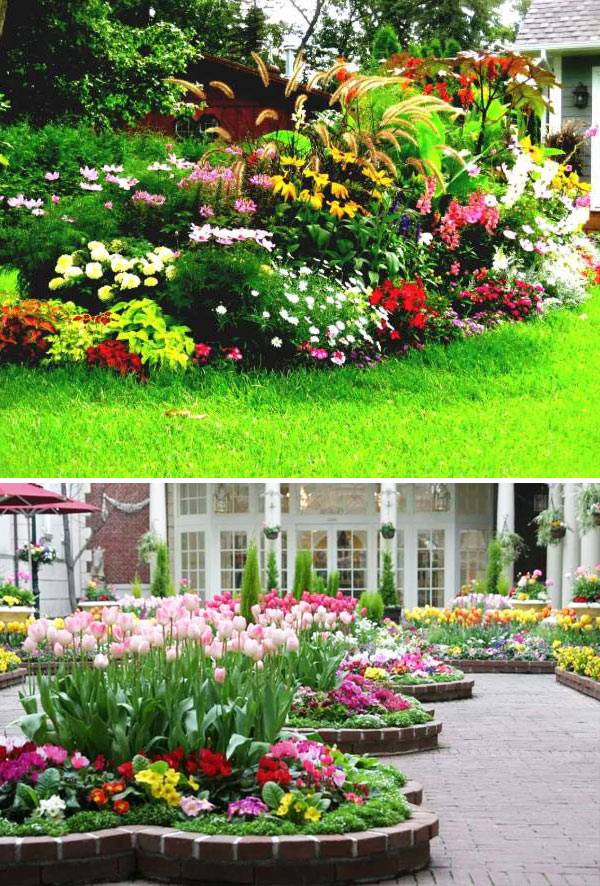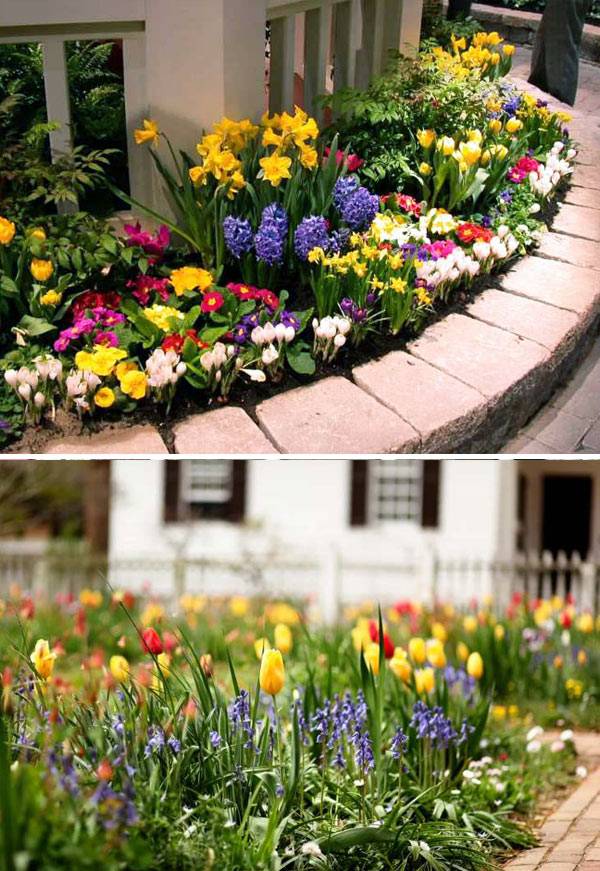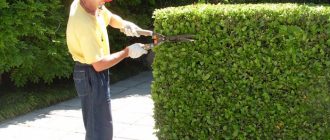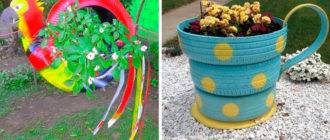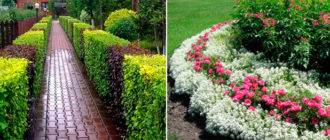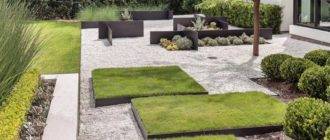Beautiful flower beds are an integral element of the landscape design of the infield. Today it is fashionable to create not just flower beds, but mixborders - a freely delineated area where perennial flowers and ornamental shrubs grow. They are selected so that every month there is a flowering of plants from spring to autumn. The main rule is not to overdo it with colors, so that the mix does not turn into a bunch of different types of colors. We will reveal the secrets of a perfectly balanced mixborder that will delight its creators for a long time.

Assessment of the ecological state of the soil and growing conditions
Each plant has the most favorable growth conditions. Before creating a flower bed, it is necessary to determine the planting site and evaluate the combination of light and shadow there. This will help you choose the right varieties of plants, because some species develop well exclusively in the sun, and for someone a shadow curtain is vital. Particular attention should be paid to the study of soil quality: to determine its structure and acidity.
For a shady place with moist soil, ferns, hosta, astilbe, buzulnik, rogers are suitable.
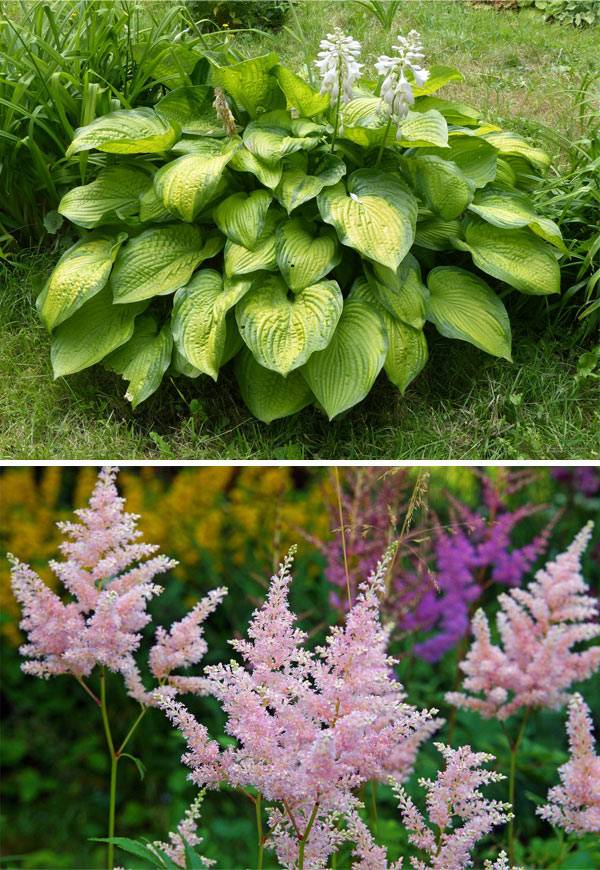
In a dry, sunny place, it is best to plant lavender, sage, sedum, echinacea.
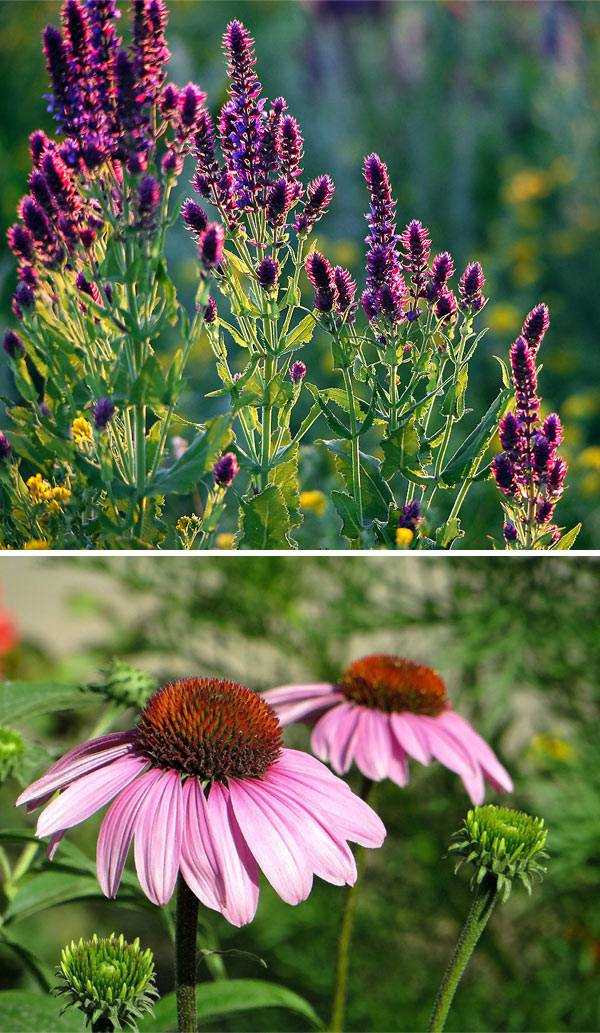
In acidic soil, planting of cranberries, lingonberries, rhodendron, azalea, heather will feel most comfortable.
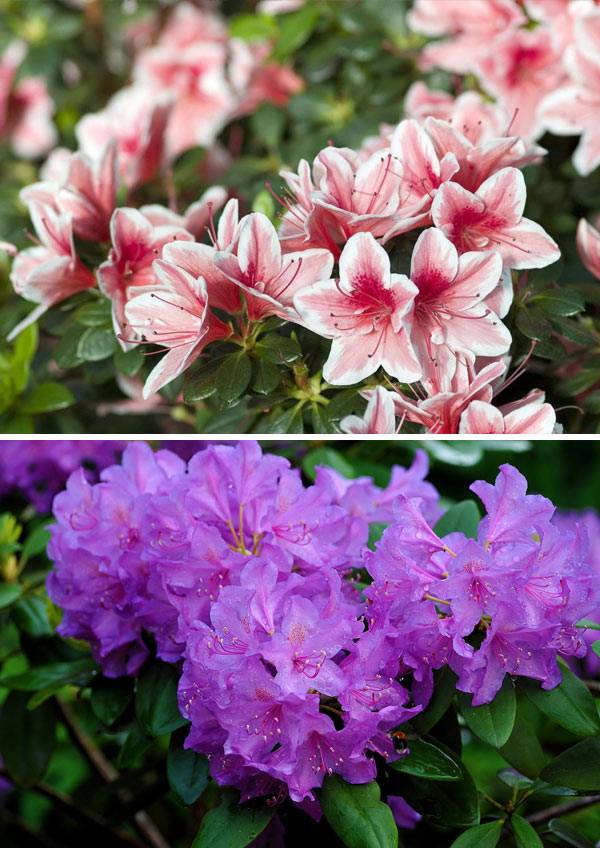
Style selection
Before planting plants, you need to decide on the style of the future flower bed. It can be romantic or English, or whatever you want. The choice of colors and decor elements depends on this.
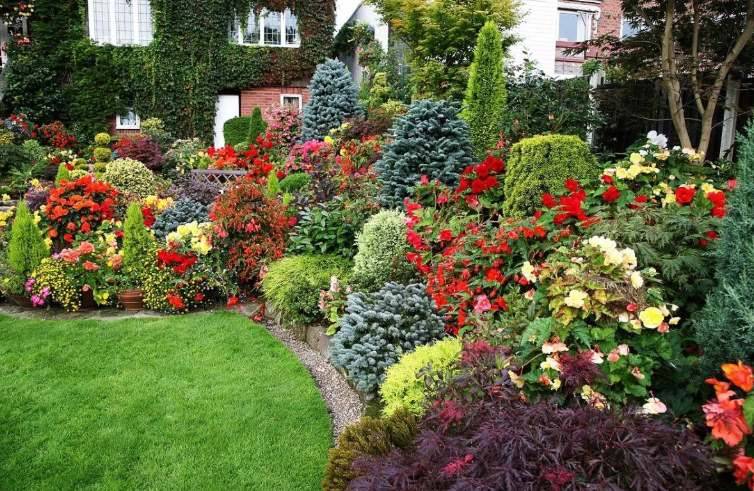
In order for the flowerbed to look exquisitely romantic, you should choose roses, peonies, sage, bells, geraniums, decorative onions, veronica. It is best to opt for colors of blue, pink, lilac and white shades. Such a flower bed will look especially impressive in partial shade, where the flowers will not fade and turn yellow in the sun.
We recommend reading the article about growing flowers in flowerpots and pots in your country house!
Color combination
Plants with white, pink, yellow and blue flowers look best together. You can make a monochrome flower bed with different types of flowering plants. A contrasting flower garden looks bright and unusual. It is important not to overdo it with brightness and dilute it with enough green plantings.
The main rule for combining shades is that the brighter the flowers of plants, the more there should be silvery, white and green blotches between them.
Accounting for the timing of flowering
It is best to make a flowering table for the selected plants in advance, dividing it into the months from April to November. It should take into account the flowering period of all intended plantings and fill in the gaps with other plants, if necessary. The table will visually allow you to imagine the future flower bed, excluding color "voids". Particular difficulties arise with the selection of flowers for spring and autumn. From April to May, they delight with the flowering of primroses, horned goats, anemones, doronicums, and shaved. Autumn flowers will delight asters, seducers, chrysanthemums, geleniums.
Accounting for height and tier
If the flowerbed is located near the fence, then low-growing plants come to the fore, then the height goes on increasing. If the planting involves a circular view, then tall plants are planted in the center of the composition. It is important to remember the “closed legs” rule - the stems of tall plants should be covered with flowers growing in front. A successful sequence will be the landing of a monarda, in front of which phloxes bloom, and in front of phloxes - a catnip, completed by a lawn.

Tall plants include asters, reed grass, loosestrife, veronicastrum, steep, delphinium (1.2 m - 1.8 m). The middle can be filled with echinacea, phlox, sage, veronica, astilbe (1 m - 0.5 m). It is recommended to bring to the foreground stunted hosts, daylily, cuff, heuchera (0.4 m - 0.2 m). Thyme, styloid phlox, carnation, grass (for a sun bed), tenacious, periwinkle, and hoof (for shade) will help to fill the space between flowers, create a background for the soil, smooth the transition to the lawn.
Also read about plants that cannot be grown in your garden.
Base selection
Any flower bed must have a "skeleton" - a base on which, if necessary, other flowers can lean on. They should be perennial plants with a dense trunk and a long period of stable greenery and flowering, for example, peonies, irises, hosts, daylilies, astilbe. They do not lose their natural attractiveness even at the end of flowering, they help to hide the voids with their branches, until undersized plants form new rosettes of leaves.

The presence of trees and shrubs
Mixborder assumes the presence of low trees and shrubs with a trunk length of no more than 5 meters. They are selected taking into account the decorative features: the color of the bark, the shape of the leaves, the periods of flowering, the color of the inflorescences. Some types of shrubs, by simple manipulations, can be transformed into trees (viburnum, lilac, chubushnik). Other varieties look great with perennials - spirea, hydrangea, cinquefoil, weigela.
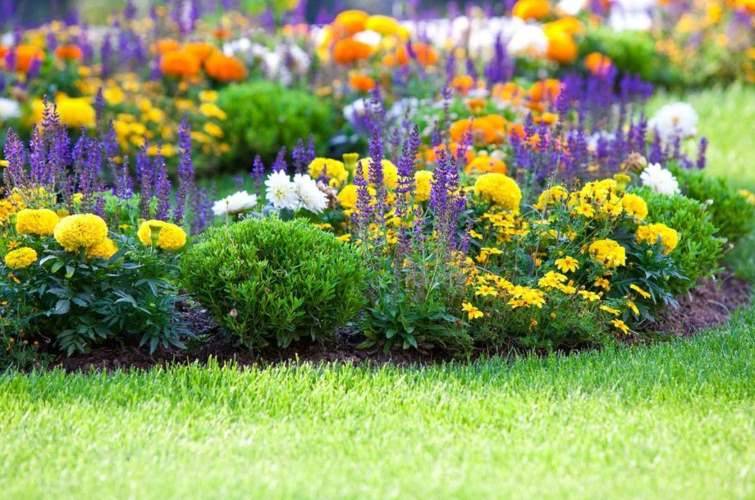
The inclusion of bulbous
Due to the different flowering times of bulbous plants, you can choose such a combination of them to enjoy the exuberant colors from spring to autumn. In the first warm spring months, tulips, daffodils, crocuses, chionodox, pushkinia, hyacinths will begin to bloom. Depending on weather conditions, their bloom can last until early June. In the same month, decorative bows will add an accent to the flower bed, and at the end of the summer period - gladioli and lilies. Autumn flowering relay is taken over by crocus and crocosmia. Bulbous plants are planted next to each other to create a "bouquet" effect.
Using annual plants
If the area of the flower bed allows, then you can supplement it with annual plants suitable for the chosen style. To do this, you can use anthuriums, zinnia, glue, scabiosa (background), vervain, purslane (foreground). Annuals can be changed annually, choosing different colors and shapes of inflorescences.

Timely care
In order for the flower bed to look neat and aesthetically pleasing, it is necessary to remove yellowed leaves and faded inflorescences in time, as well as periodically process the plants to prevent the appearance of diseases.

